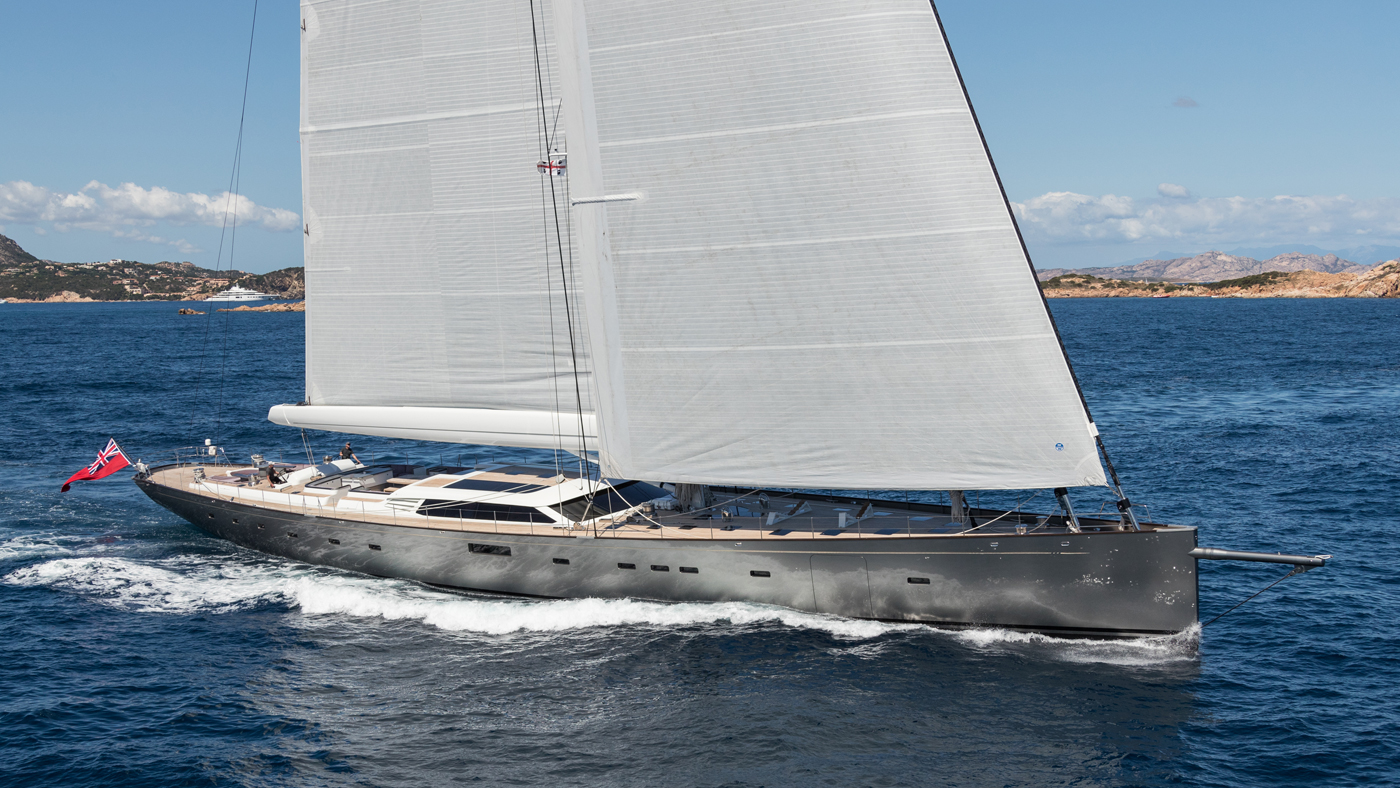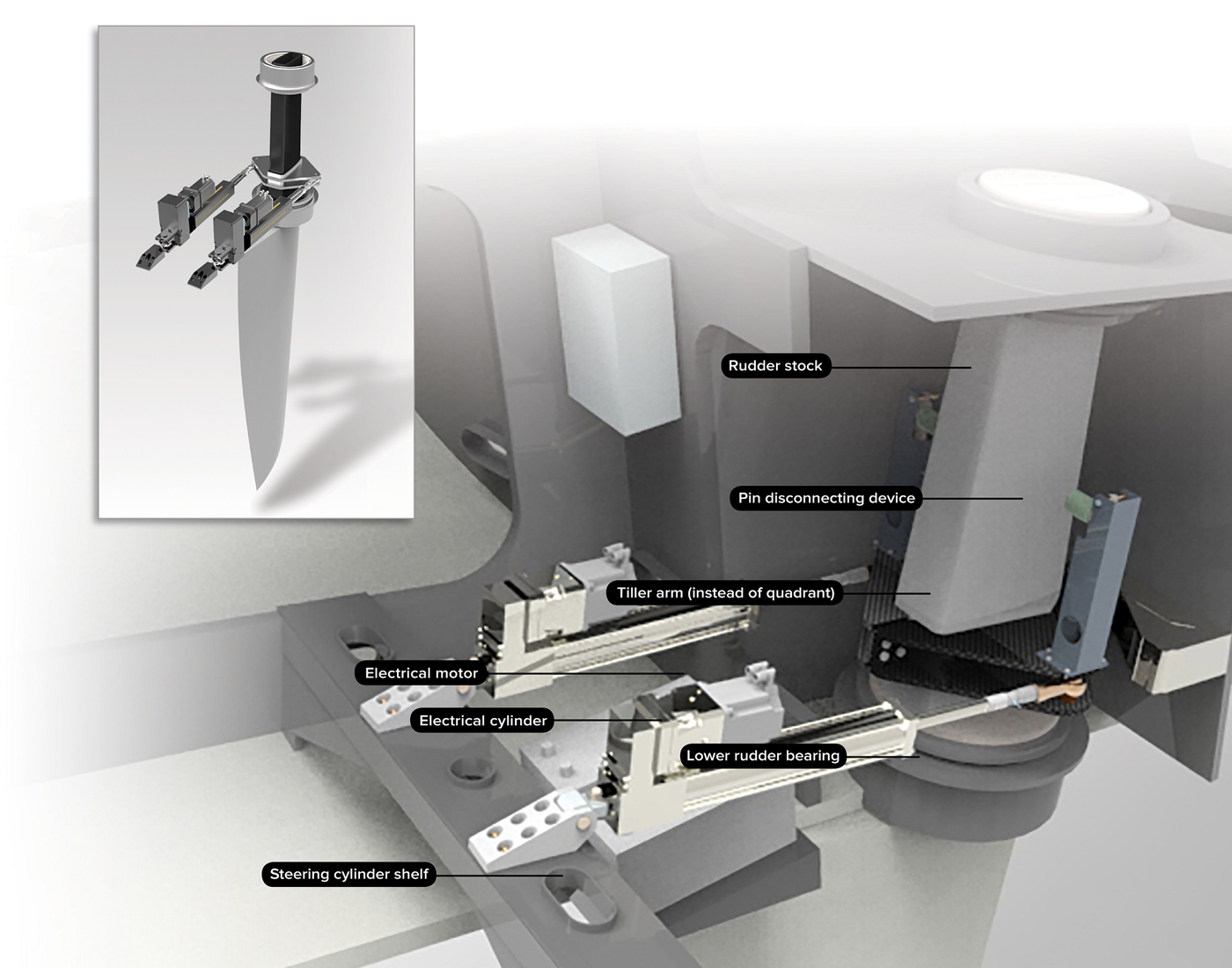FORCE FEEDBACK STEERING
Baltic Yachts’ innovative and completely new electronic steering system does away with long mechanical linkages between the rudder and the wheel, taking the weight out of steering for the helmsman, yet providing the nuances of feel and load which keep him in touch with the behaviour of the yacht
- Remote steering with unlimited distance between the rudder and the helm station
- The system is designed to interface with automatic steering controls
- Ability to personalise settings such as amount of rim load and steering wheel turns
- Modes for use in different conditions
- Can be scaled down for yachts of around 70ft/21.5m
- Benefit from the elimination of heavy and space hungry steering cables or rods
- Can be retro-fitted relatively easily to existing yachts
- Class approved

BALTIC 175 PINK GIN
This technology has so far been installed on Baltic 175 Pink Gin, and it was thanks to the client’s passion for innovation that the system was developed in the first place.
“The steering system works very well and both the crew and professional racing helmsmen have been impressed with the feeling whilst sailing,” comments the captain of Pink Gin. “The ability to feel the forces through the rudder when sailing is very important and the system has delivered this function well.”
Having sailed over 60,000 nautical miles, Pink Gin has offered plenty of feedback on the system and, as a result, there has been continuous development and upgrading of the system’s software.
R&D
By further developing technology used in car power steering, Baltic’s engineers worked with Swiss specialist engineering company Esoro. Together we designed a system that mimics the loads created by wave action and side forces from water flow over the rudder and simulates the feeling electronically through the yacht’s helm. This steering system essentially gives the helmsperson a true sensation of the yacht’s behaviour.

HOW IT WORKS
The system relies on two, electrically-driven actuators, which push and pull the carbon fibre tiller arms connected to the rudder stock. These movements are, in turn, relayed to the force feedback motor mounted close to the steering wheel. When the yacht’s wheel is turned, the actuators move the rudder accordingly, taking care of all the heavy work. Any loads on the rudder, applied by wave movement or weather helm, for instance, are transmitted electronically in milliseconds to the force feedback motor, which then applies them to the wheel. While the helmsman doesn’t feel the full force of what is happening, he gets a scaled down sensation, keeping him in touch with the yacht’s behaviour. This kind of system allows an unlimited distance between the rudder and the helm station.


